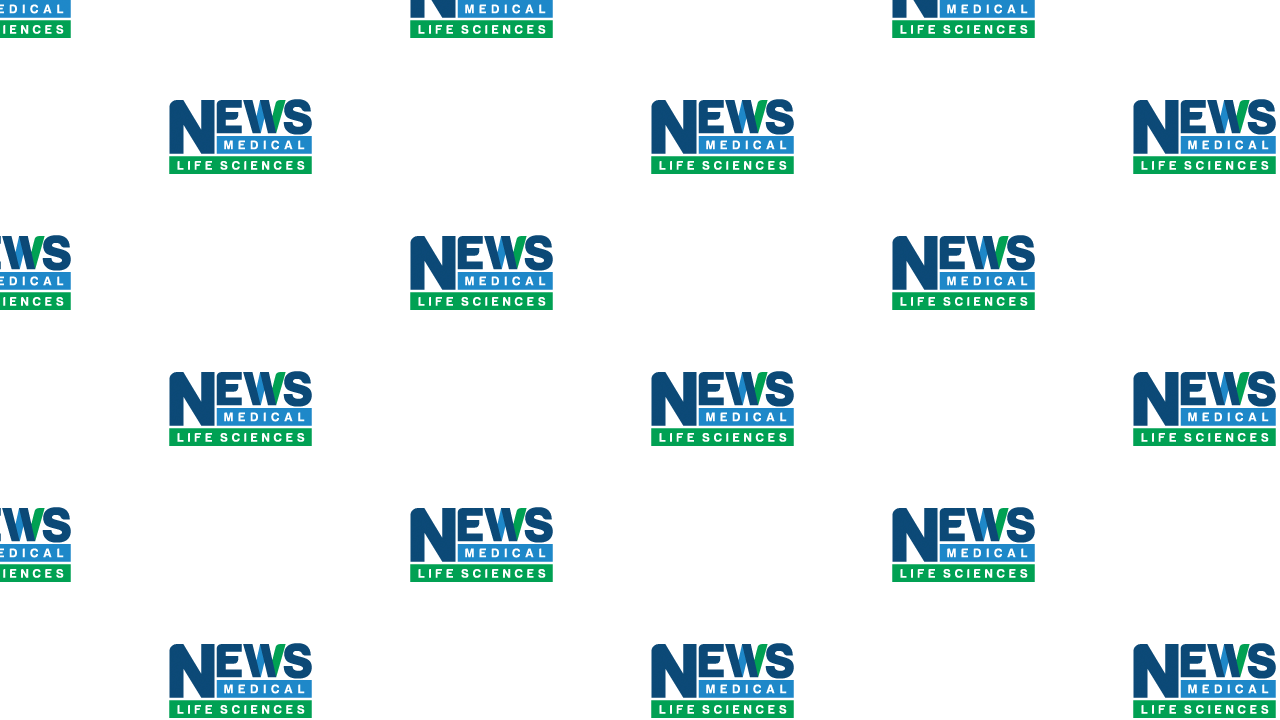A Zika virus outbreak in coastal Ecuador in 2016 was likely worsened by a strong El Niño and a magnitude 7.8 earthquake that struck the region in April, according to a new study.
A new research commentary suggests the earthquake left more people exposed to disease-carrying mosquitos, and climate variability associated with the 2014-2016 El Niño event created more favorable mosquito breeding grounds. Warmer temperatures and increased rainfall, combined with destruction of the region’s infrastructure and a population influx into large cities, likely caused the number of Zika cases to increase 12-fold in just three months, according to the study’s authors. The research was accepted for publication in GeoHealth, a journal of the American Geophysical Union.
Zika was first observed in Africa in the 1950s and recently spread to South America and Southeast Asia. The disease is transmitted by mosquitoes and usually causes a mild illness with symptoms such as headaches, rash and eye infections. Zika virus infection in pregnant mothers can result in a variety of birth defects. As of September 2017, approximately 6,811 suspected and confirmed cases of Zika have occurred in Ecuador, according to a World Health Organization report.
El Niño is the warm phase of a regular climate pattern that occurs in the Pacific Ocean. It brings warmer air temperatures and higher rainfall levels to the west coast of South America. Previous research established a link between the 2014-2016 El Niño and the spread of Zika in South America, but the new study goes further and examines the interaction between these two events and the 2016 earthquake.
The new commentary suggests changes in the climate can amplify the worst effects of natural disasters and disease outbreaks in socially vulnerable regions. Areas that are already stressed by short-term climate changes like El Niño can be sent over the edge due to a catastrophe and may struggle to recuperate afterwards, said Cecilia Sorensen, a Living Closer Foundation fellow in climate and health policy at the University of Colorado School of Medicine in Aurora, Colorado and lead author of the new study.
The authors studied the effects of short-term changes in Ecuador’s climate, not long-term global warming patterns. But extreme El Niño events such as the one observed in 2016 are projected to increase in frequency due to human-caused climate change. Sorensen’s team suspects that the combination of increased extreme events and long-term warming could lead to conditions that favor the spread of mosquito-borne diseases.
The findings are important because of their applicability to recent events, like recent earthquakes in Mexico and hurricanes in the Caribbean and the U.S., according to Ángel G. Muñoz, a research associate at the National Oceanic and Atmospheric Administration’s Geophysical Fluid Dynamics Laboratory.
“The main message of the authors is related to the important question of how a combination of natural hazards can increase the vulnerability of the population, making people’s exposure higher and lowering their adaptive capacity during and after the occurrence of such hazards,” he said.
Examining the Zika outbreak
A magnitude 7.8 earthquake struck the province of Manabi in coastal Ecuador on April 16, 2016. The quake affected approximately 720,000 people, destroyed much of the region’s sanitation and healthcare infrastructure, and resulted in a massive influx of displaced residents into urban areas.
Sorensen and the study co-authors worked with the non-governmental organization Walking Palms Global Initiative to operate a mobile health clinic after the earthquake. They saw many women and children coming in with symptoms typical of mosquito-borne illnesses like dengue fever and Zika. In July of 2016, UNICEF reported the number of Zika cases in Ecuador spiked from 92 cases before the earthquake to 1,106 cases just three months after the event. 80 percent of these new cases occurred in Manabi.
The research team set out to study how damage from the earthquake and short-term changes in weather associated with El Niño could have potentially exposed more people to mosquitoes and exacerbated the outbreak.
“We saw so many people affected by the earthquake that were sleeping outside without any shelter from mosquitoes, so we were worrying that the region’s changing climate could facilitate the spread of diseases,” Sorensen said. “Natural disasters can create a niche for emerging diseases to come out and affect more people.”
Link to climate changes
Sorensen’s team reviewed the existing research on the link between short-term changes in climate and disease transmission. They then applied those findings to explain the role of the earthquake and El Niño in the Zika outbreak.
The researchers suggest El Niño created ideal conditions for Zika-carrying mosquitos to breed and make more copies of the Zika virus. The warmer air temperatures and increased rainfall brought by El Niño have previously been associated with a higher likelihood of dengue outbreaks. Warmer temperatures can accelerate viral replication in mosquitoes and influence mosquitos’ development and breeding habits.
Additionally, the El Niño event brought warmer sea-surface temperatures, which have been shown to correlate with outbreaks of mosquito-transmitted diseases. Estimates from remote sensing data in coastal Ecuador show that sea-surface temperatures were higher than average from 2014-2016.
The team also believes an increase in water scarcity after the earthquake indirectly benefitted mosquito development. The quake damaged municipal water systems, forcing people to store water in open containers outside their homes. These containers served as additional habitats for mosquito larvae to grow in.
The new findings could be used by governments to identify and protect vulnerable communities before natural disasters happen, Sorensen said.
“One idea is to develop disease models that can use existing climate models to predict where these vectors will show up due to climate variability,” she said. “Applying these new models to areas that have pre-existing social vulnerabilities could identify susceptible regions, allowing us to direct healthcare resources there ahead of time.”
